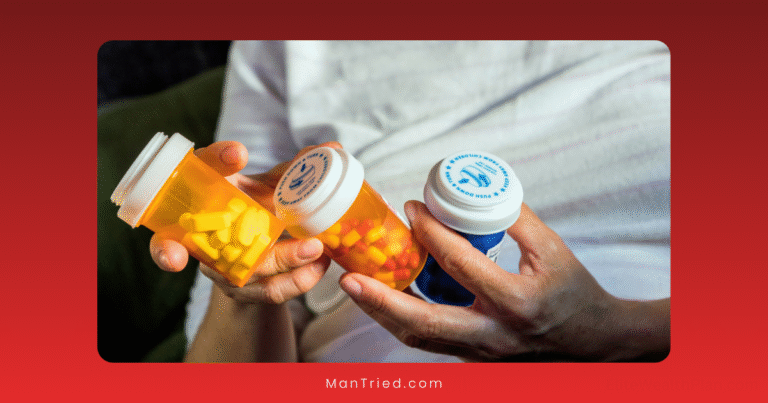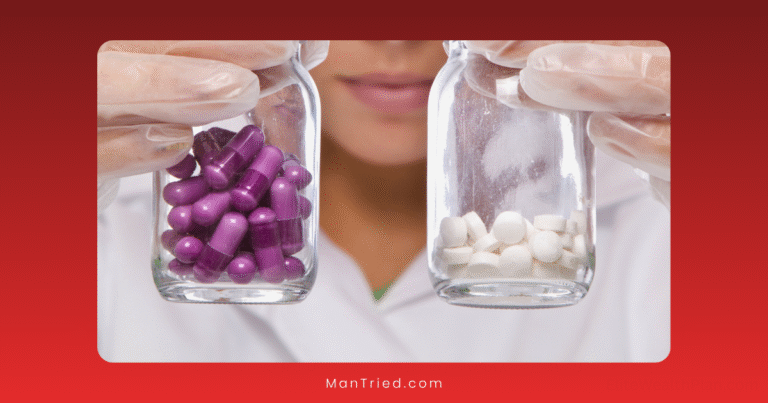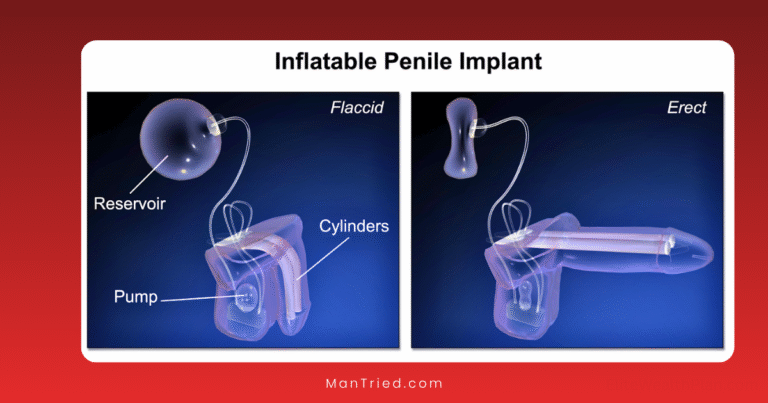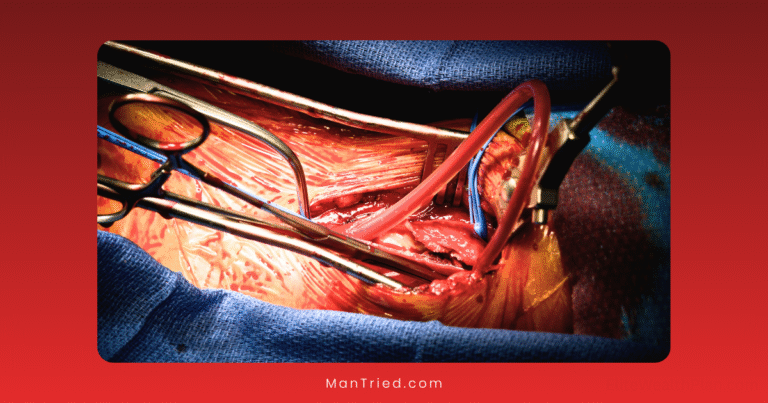Regenerative Medicine for Peyronie’s Disease: New Hope for Sufferers
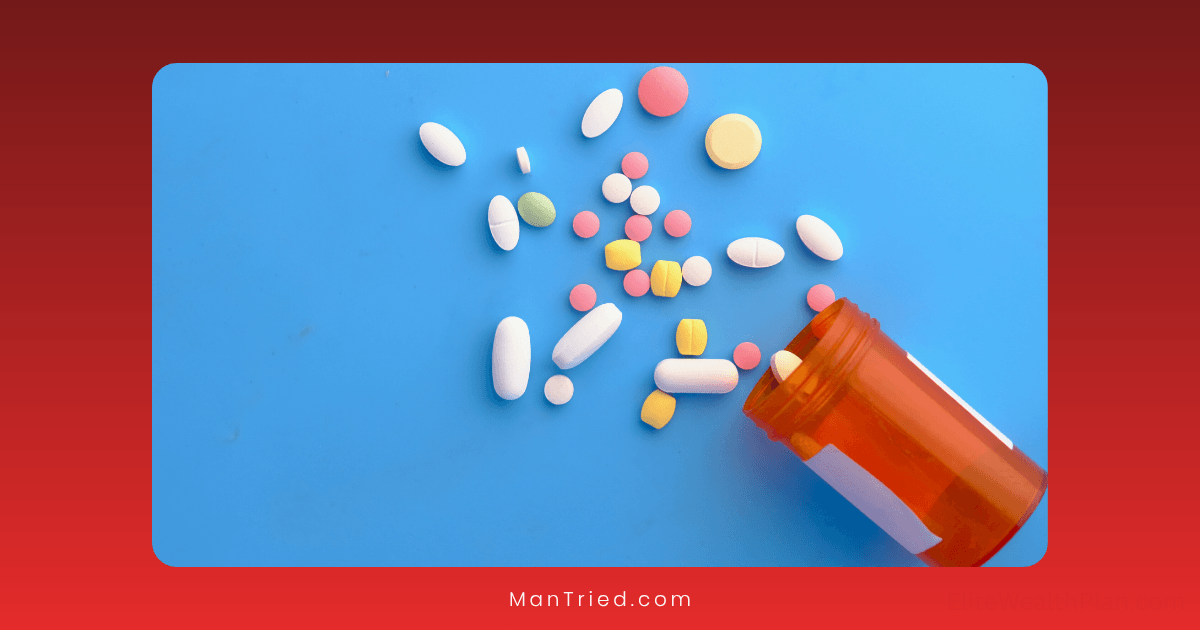
For the millions of men suffering from Peyronie’s disease, the physical pain often takes a backseat to the emotional and psychological toll. The characteristic penile curvature, pain during erections, and potential erectile dysfunction can devastate intimate relationships and shatter self-confidence.
Traditional treatments—from oral medications to invasive surgeries—have offered mixed results at best. But a new frontier in medicine is bringing genuine hope to those affected: regenerative medicine approaches that work with the body’s own healing mechanisms rather than against them.
Understanding Peyronie’s Disease: More Common Than You Think
Before diving into treatments, it’s important to understand what we’re dealing with. Peyronie’s disease is characterized by the formation of fibrous plaques or scar tissue within the penis, causing curvature, pain, shortening, and often erectile dysfunction.
According to recent epidemiological studies, Peyronie’s affects between 3-9% of adult men, primarily those between 40-70 years of age—though younger men can certainly develop the condition as well. Many experts believe these numbers underestimate the true prevalence, as embarrassment prevents many men from seeking diagnosis.
The disease typically progresses through four distinct phases:
- Inflammation (acute phase): Characterized by pain, developing curvature, and active inflammation
- Transition: Decreasing pain but continued development of plaques
- Stabilization: Pain typically subsides, curvature stabilizes
- Chronic phase: Stable curvature, minimal pain, potential calcification of plaques
“The traditional approach has been to wait until the disease stabilizes before intervening,” explains Dr. Lawrence Ross, Professor of Urology at the University of Illinois. “But we’re learning that early intervention with regenerative approaches might actually prevent progression to the chronic phase.”
The Limitations of Traditional Treatments
Until recently, men with Peyronie’s had limited options:
Oral Medications
Treatments like pentoxifylline, potassium para-aminobenzoate, and various antioxidants have shown modest benefits at best. A systematic review published in the Journal of Sexual Medicine found that evidence supporting oral therapies remains weak.
Intralesional Injections
Collagenase clostridium histolyticum (Xiaflex) is currently the only FDA-approved injection therapy. While effective for some, it requires multiple treatments, can be painful, and carries risks of penile fracture and severe bruising.
Surgery
For severe cases, surgical options like plication, grafting, or penile implants remain the standard. However, these invasive procedures carry significant risks including penile shortening, erectile dysfunction, and numbness.
The Regenerative Revolution: How It Works
Regenerative medicine takes a fundamentally different approach. Rather than merely treating symptoms or surgically altering anatomy, these therapies aim to reverse the disease process itself by:
- Reducing inflammation
- Breaking down existing scar tissue
- Preventing new scar formation
- Promoting healthy tissue regeneration
- Restoring normal blood flow
Let’s explore the most promising regenerative approaches for Peyronie’s disease in 2025:
1. Stem Cell Therapy: The Cellular Repair Crew
Stem cell therapy has emerged as perhaps the most exciting frontier in Peyronie’s treatment.
The Science Behind It
Stem cells are the body’s master cells—capable of transforming into different cell types and orchestrating tissue repair. When injected into Peyronie’s plaques, they can:
- Differentiate into healthy penile tissue cells
- Secrete growth factors that reduce inflammation
- Promote the breakdown of scar tissue
- Stimulate the formation of new blood vessels
- Recruit other healing cells to the area
Types of Stem Cells Being Used
Several types of stem cells are showing promise for Peyronie’s:
Adipose-Derived Stem Cells (ADSCs) Harvested from a patient’s own fat tissue, these cells are abundant and easily accessible. A 2023 pilot study published in European Urology showed that men receiving ADSC injections experienced an average 31° reduction in curvature and significant improvement in erectile function.
Bone Marrow-Derived Stem Cells (BMSCs) These cells, extracted from bone marrow, have shown particular promise for cases with concurrent erectile dysfunction. A recent clinical trial reported that 67% of patients experienced improved erectile function after BMSC treatment.
Wharton’s Jelly Stem Cells Derived from umbilical cord tissue, these cells have gained attention for their potent regenerative properties and low risk of rejection. According to BioXcellerator, a leading regenerative medicine clinic, these cells are particularly promising due to their youth and potency.
Placental Stem Cells A 2015 human study using placental stem cells showed significant improvements in both erectile function and reductions in plaque size, suggesting these cells may offer dual benefits.
What the Treatment Involves
A typical stem cell procedure for Peyronie’s includes:
- Consultation and evaluation: Detailed assessment of curvature, plaque location, and erectile function
- Stem cell harvesting (if using autologous cells from the patient)
- Cell processing in a specialized laboratory
- Injection directly into the plaques using ultrasound guidance
- Follow-up care including potential penile traction therapy
Dr. Amy Pearlman, Director of Men’s Health at the University of Iowa, notes: “What’s particularly exciting about stem cell therapy is that we’re seeing improvements not just in curvature, but in erectile function and penile sensation as well—addressing the full spectrum of Peyronie’s symptoms.”
2. Platelet-Rich Plasma (PRP): Harnessing Growth Factors
While stem cells work as cellular repair crews, PRP delivers concentrated healing factors directly to damaged tissue.
How PRP Works for Peyronie’s
PRP is derived from the patient’s own blood, which is processed to isolate and concentrate platelets—cell fragments rich in growth factors that orchestrate tissue repair. When injected into Peyronie’s plaques, these growth factors:
- Reduce inflammation
- Break down scar tissue
- Promote new blood vessel formation
- Attract stem cells to the area
- Stimulate collagen remodeling
Clinical Evidence
A 2017 study highlighted by MedAmor Health showed that men receiving PRP injections experienced:
- Average curvature reduction of 38%
- Decreased plaque size in 75% of patients
- Improved erectile function in 81% of patients
- Pain reduction in nearly all patients
“What makes PRP particularly attractive is its safety profile,” explains Dr. Paul Turek, a men’s reproductive health specialist. “Since we’re using the patient’s own blood components, the risk of adverse reactions is minimal.”
The Treatment Process
A typical PRP procedure for Peyronie’s involves:
- Blood draw (similar to a routine lab test)
- Processing the blood in a centrifuge to isolate platelets
- Preparation of the PRP solution
- Injection into the plaques using ultrasound guidance
- Potential combination with penile traction therapy
Most patients require 3-6 treatments spaced 4-6 weeks apart for optimal results.
3. Low-Intensity Shockwave Therapy (LiSWT): Sound Waves for Healing
While technically not a cellular therapy, low-intensity shockwave therapy has earned its place in the regenerative medicine arsenal for Peyronie’s disease.
Mechanism of Action
LiSWT uses acoustic pressure waves to:
- Break down fibrous plaques
- Stimulate new blood vessel formation (neovascularization)
- Activate dormant stem cells in penile tissue
- Reduce inflammation
- Improve blood flow
According to a 2023 meta-analysis, LiSWT has shown particular promise for men with both Peyronie’s disease and erectile dysfunction—a common combination that complicates treatment.
The Treatment Experience
LiSWT is notably different from other regenerative approaches:
- Non-invasive (no injections)
- Painless or minimally uncomfortable
- Typically requires 6-12 sessions over 6-12 weeks
- No downtime after treatment
- Can be combined with other therapies
“The 2025 shockwave devices represent a significant advancement over earlier models,” notes Dr. Rafael Carrion, Professor of Urology at the University of South Florida. “We’re seeing more precise energy delivery, better targeting of plaques, and consequently, improved outcomes.”
Combination Approaches: The Sum Greater Than Its Parts
Perhaps the most exciting development in 2025 is the emergence of combination protocols that leverage multiple regenerative approaches simultaneously.
Stem Cells + PRP
This combination leverages the cellular regeneration capabilities of stem cells with the growth factors in PRP. A 2024 study found that this combination resulted in:
- 47% greater curvature improvement compared to either therapy alone
- Faster resolution of pain
- More significant improvements in erectile function
- Longer-lasting results
Shockwave + Stem Cells
This protocol uses shockwave therapy to “prepare the ground” before stem cell injection. The shockwaves:
- Break up dense plaques, making them more receptive to stem cells
- Stimulate blood vessel formation to support transplanted cells
- Activate resident stem cells to enhance the effect of injected cells
Early results from this approach show promise, with one clinic reporting an average 43° reduction in curvature—significantly better than historical results from single therapies.
Patient Selection: Who Benefits Most?
While regenerative approaches offer new hope, they’re not universally effective for all Peyronie’s patients. Current evidence suggests the best candidates are:
- Men in the early (acute) phase of Peyronie’s
- Those with smaller, less calcified plaques
- Patients with good baseline erectile function
- Non-smokers with good cardiovascular health
- Men without severe diabetes or immune disorders
Dr. Mohit Khera, Professor of Urology at Baylor College of Medicine, advises: “Patient selection is crucial. We’re seeing the best results in men who seek treatment early, before plaques become heavily calcified and before significant erectile dysfunction develops.”
Experience: Patient Perspectives
Beyond clinical data, patient experiences provide valuable insights into these treatments.
Michael, 52, who received stem cell therapy in early 2025, shares: “After two years of trying various pills and creams with no improvement, I was considering surgery. The stem cell treatment was surprisingly simple—just a few injections. Six months later, my curvature has decreased from about 45 degrees to less than 15, and sex is comfortable again for the first time in years.”
James, 61, who opted for a combination of PRP and shockwave therapy, reports: “The improvement wasn’t overnight, but after completing the full treatment protocol, both my wife and I noticed a significant difference. The curve is still there but much less pronounced, and my erections are actually stronger than before Peyronie’s developed.”
Accessibility and Cost Considerations
While regenerative treatments offer new hope, there are practical considerations:
- Insurance coverage: Most regenerative treatments for Peyronie’s remain uncovered by insurance
- Cost: Depending on the specific protocol, costs typically range from $3,000-$12,000
- Availability: While becoming more widespread, these treatments are still primarily offered at specialized men’s health clinics and academic medical centers
- Regulatory status: Many treatments are offered under practice of medicine exceptions rather than formal FDA approval for Peyronie’s
Looking Forward: The Future of Peyronie’s Treatment
As we look beyond 2025, several developments are on the horizon:
Exosome Therapy
Rather than using whole cells, some researchers are focusing on exosomes—tiny vesicles released by stem cells that carry much of their regenerative power. Early research suggests exosomes may offer similar benefits with easier storage and fewer regulatory hurdles.
Bioengineered Matrices
Scientists are developing injectable matrices combined with regenerative cells specifically designed to replace Peyronie’s plaques with healthy tissue.
Gene Therapy
Targeting the genetic factors that predispose some men to excessive scarring could prevent Peyronie’s development or recurrence after treatment.
The Bottom Line: A New Era of Hope
For the millions of men suffering from Peyronie’s disease, regenerative medicine represents the most significant treatment advancement in decades. While not a guaranteed cure for everyone, these approaches offer something previously unavailable: the potential to actually reverse the disease process rather than merely managing symptoms.
If you’re struggling with Peyronie’s disease, consider consulting with a urologist specializing in men’s sexual health and regenerative medicine to determine if these cutting-edge treatments might be right for you.

